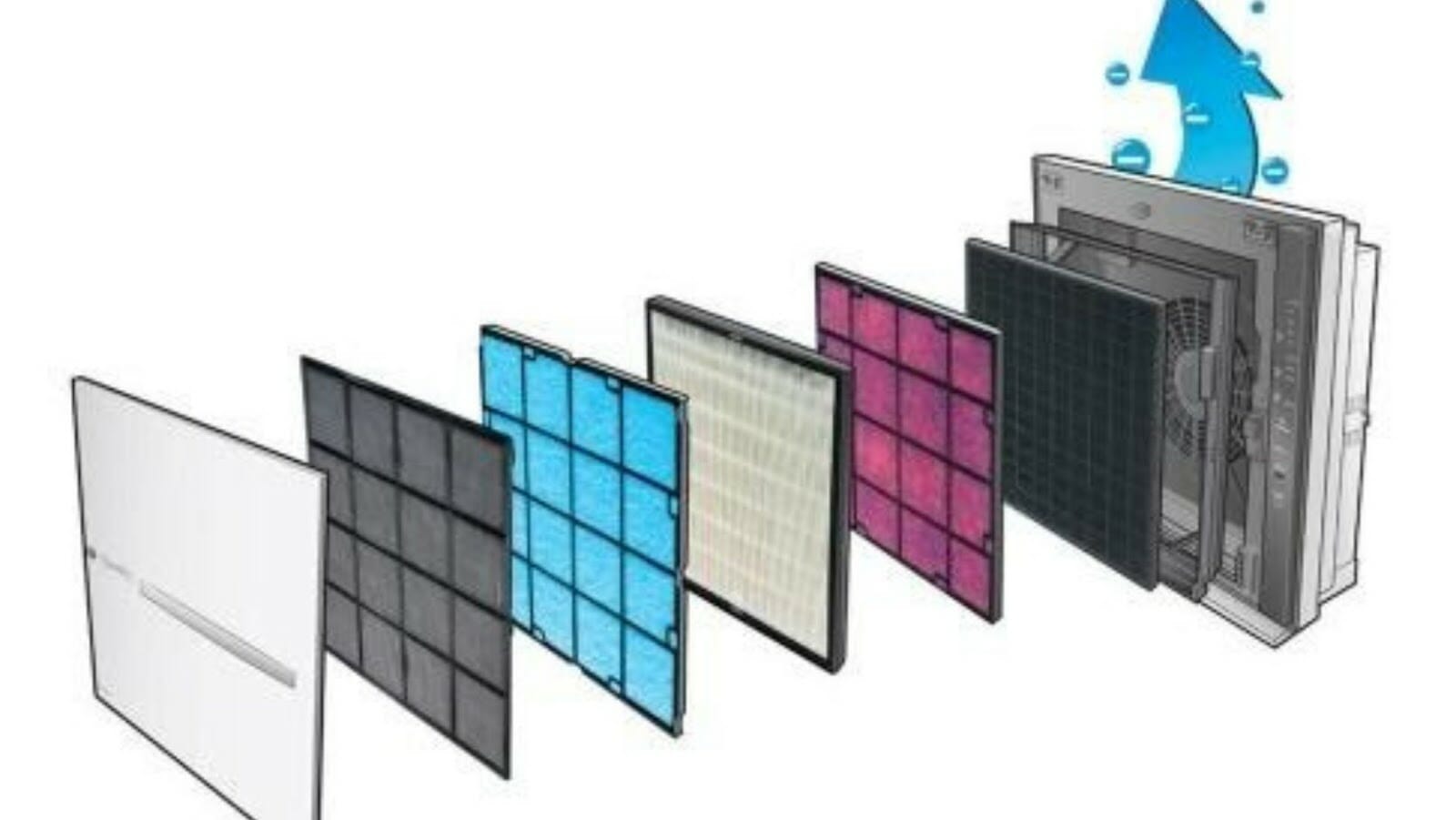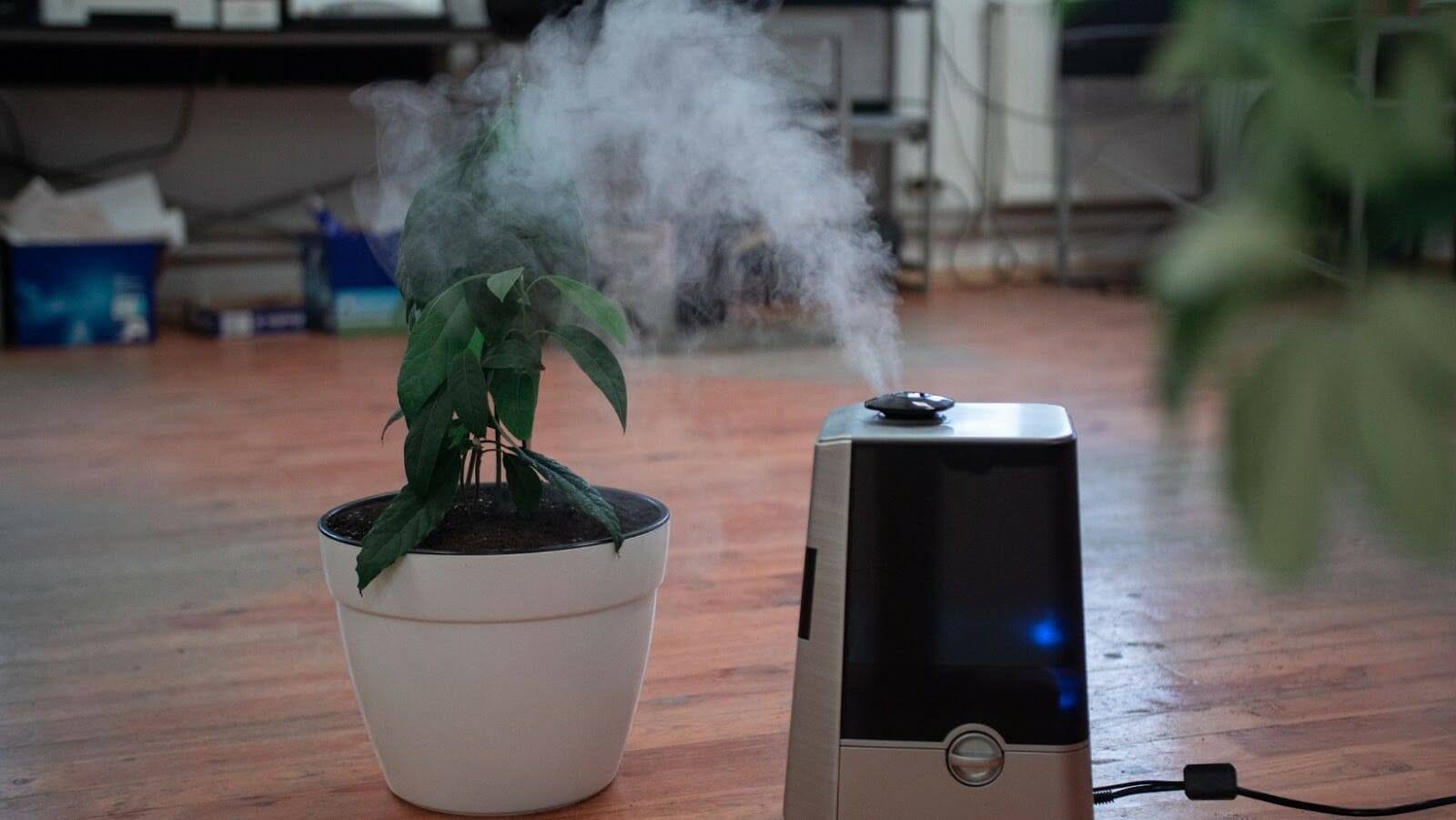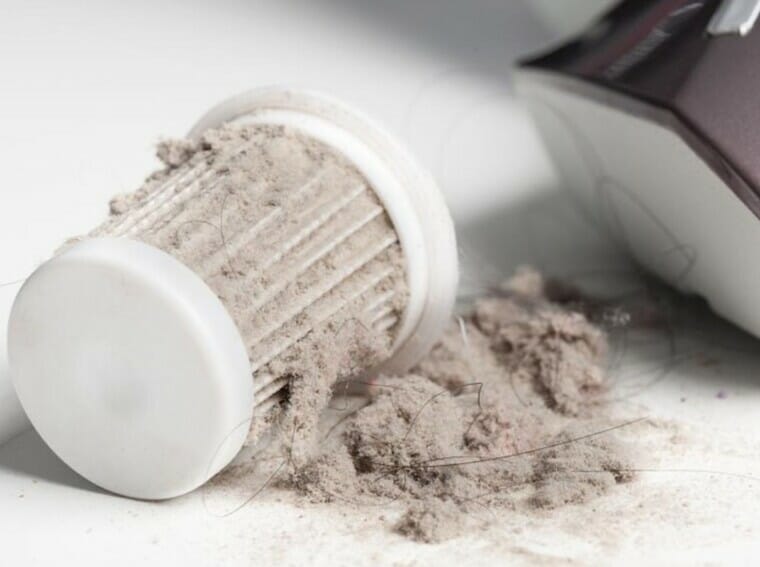Air purifiers are devices that remove nearly 100% of all pollutants: smog, viruses, allergens, volatile organic compounds, and others. For their proper operation, properly selected filters are necessary, which should be taken care of according to the manufacturer’s recommendations. It indicates with what frequency they should be replaced and how to handle them. Proper maintenance of the purifier and cleaning of filters is a guarantee of effective operation.
Types of Filters for Air Purifiers
The construction of an air purifier is not very complex, but nevertheless, there will be several important parts. The motor or fan is of great importance for how efficiently or how loud the device works. However, there is no denying that the most important parts are the purifier filters. It is on them that contaminants are retained, and thanks to them it is possible to protect the health of household members. What types do we distinguish?
- Layer filter. It consists of multiple layers of densely interwoven fabrics/substances, on which impurities are deposited. Thanks to them there is mechanical retention of various types of dust (carbon, dust, earth, pollen, spores, pollen). They are quite effective and suitable for allergy sufferers, but they do not capture volatile organic compounds or absorb odors.
- Activated carbon filter. Made of activated carbon, which traps pollutant particles on its surface. Purifies the air from volatile organic compounds (TVOCs) and other gaseous pollutants. Neutralizes unpleasant odors. Removes cigarette smoke, among other things.
- HEPA filter (High-Efficiency Particulate Air filter). A corrugated surface consisting of hundreds of glass microfibers traps impurities as small as 0.3 microns. It is responsible for capturing the most dangerous fine PM2.5 and PM10 dust, viruses, allergens, mold, etc.
- HPP™ filter. Uses strong magnetic fields to enhance its efficiency. Filters the air from viruses, bacteria, fine dust particles, pollen, dust mites, and mold.
- SEFF filter. Combines the properties of HEPA, HPP, and layered filters. It is characterized by very high efficiency and is recommended for allergy sufferers.
- Water filter. Contaminated air is sucked into the device with a filter and there reacts with air particles, which are “melted” in water. Often used as an air humidifier.
- Electrostatic filter. It first positively charges the dirt particles and then attracts them through the negatively charged filter plates. This is a very quiet and economical type of filter, but its operation is accompanied by the formation of ozone, which is dangerous to health.
You can find more useful information about air purifiers on the page – https://myintelligenthouse.com/levoit-air-purifier-red-light/
Proven Filter Set for Air Purifier
As you can see, there are different types of filters for an air purifier. However, it turns out that a home appliance does not need all of them – it needs only the best. A proven set of filters combines:
- a pre-filter, which traps the largest impurities (dust, pet dander, pollen) and protects the remaining layers;
- HEPA filter of at least E11 class, which traps the finest contaminants as small as 0.3 microns – PM2.5 and PM10 dust (parts of smog), viruses, allergens, mold, etc;
- carbon filter, which neutralizes volatile organic compounds (TVOC) and other gaseous pollutants and removes unpleasant odors.

You can also opt for an air purifier with a humidification function. In this case, a humidification filter will also appear inside the device. Most often, it is an evaporation mat, which combines dry air with water molecules. Among the additional functions of this type of equipment also appears ionization. A cation-anion filter is responsible for generating ions. Both systems are recommended if you are interested in a universal air purifier that will comprehensively take care of what you breathe.
Maintenance and Cleaning of Filters in the Purifier – How to Do it?
To maintain the efficiency of the removal of pollutants, maintenance, and cleaning of filters are essential. How to go about it? We suggest how to take care of the purifier, discussing the rules for each of the most common layers.
The pre-filter is not replaceable. However, it is on it that the biggest contaminants – dust, hair, pet hair, etc. – are retained. In order for the purifier to operate at full capacity, it is necessary to clean it regularly – every 3-4 weeks or so. If it’s the mesh coating of the hybrid filter, use a vacuum cleaner. If it’s a separate plastic panel, you can choose to wash it under running water or with a damp cloth. The fabric pre-filter should be washed at up to 40 degrees.
The HEPA and carbon filters are also worth cleaning. Thanks to the mesh that filters out the biggest dirt, much less dust reaches them. However, this does not mean that they are free of it. Remember not to soak these filters. Vacuum them 1-2 per month.
The humidifier filter collects scale on itself, which is worth removing on a regular basis so that the unpleasant odor does not occur. To do this, you can use water and citric acid – most manufacturers provide specific ways in the instruction manual. We recommend cleaning every 2-4 weeks or so, depending on the condition of the water.
Maintenance and cleaning of filters is not everything if you use a purifier with a humidifier function. You should also clean the water tank and humidifier tray. This should be done every 2–4 weeks. This prevents bacteria from growing in the water, which would later be spread around the room. To avoid the appearance of harmful microorganisms, it is necessary to change the water frequently. You can also use special silver ions with bactericidal properties.
How to Recognize Filter Wear?
Manufacturers of air purifiers in the accompanying user manuals indicate the life of the filters and how often they should be cleaned. However, these are only estimates, which most often do not take into account 24-hour (recommended) operation or harsh Polish conditions. So how can you know when to replace the filter in a purifier?

Modern air purifiers are increasingly intelligent devices. The technologies used in them are able to study filter wear, based not only on the time of operation but also on air quality indicators. More and more devices have a filter wear indicator that tells you when the filter needs to be replaced. It can be found on the control panel or in the mobile app.
Maintenance and cleaning of filters are of great importance for the efficiency of air purification. They affect the useful life of replacement parts and can make a particular filter last longer. So it goes without saying that they should be carried out regularly and in the correct manner.

